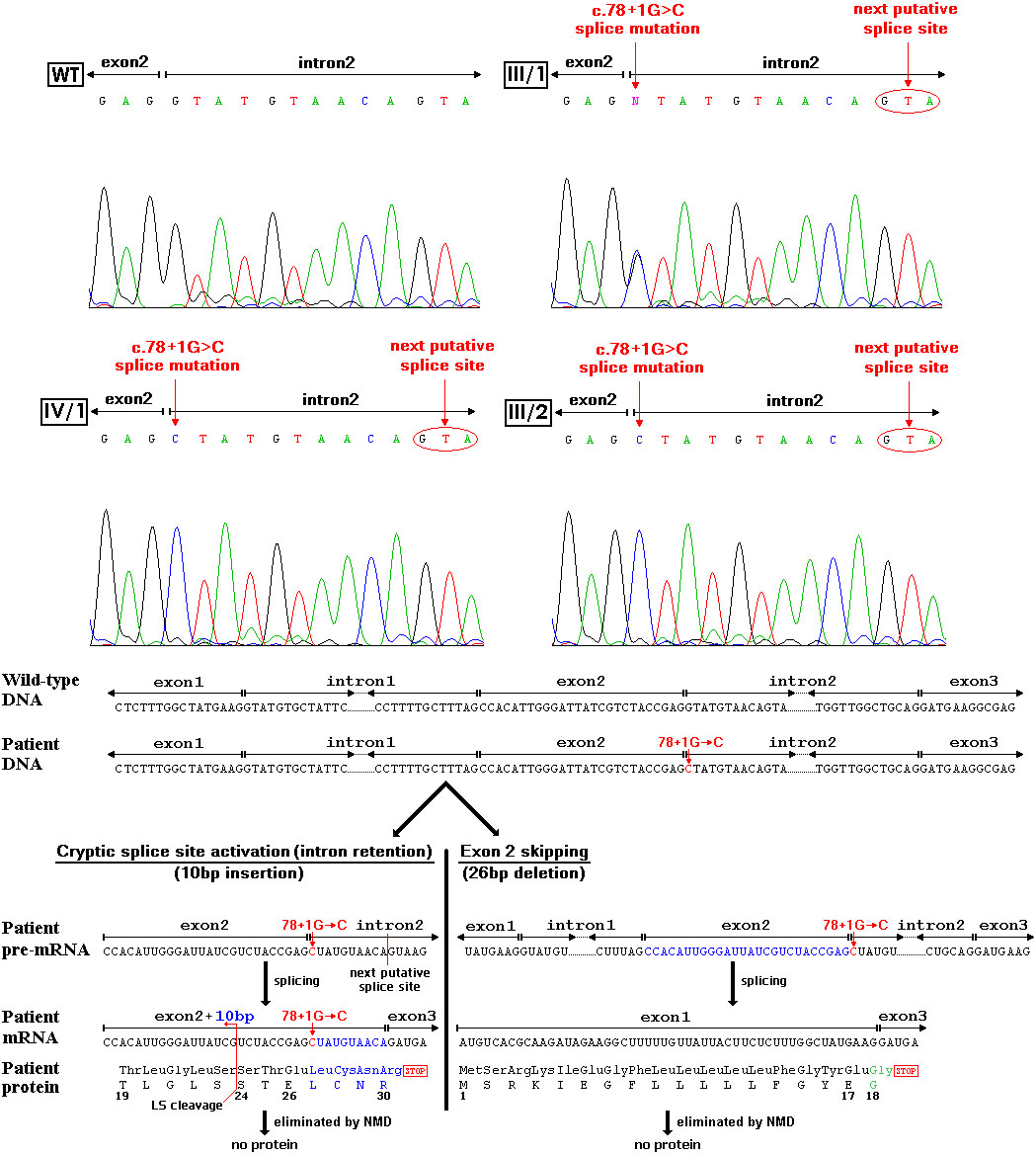Figure 5. DNA sequence in wild type (WT),
in III/1 heterozygote carrier mother, in IV/1 and III/2 hemizygote
patients. In case of patients with c.78+1G→C mutation there may be two
possible ways during RNA splicing. The first possible way is the
partial intron retention by the activation of a cryptic splice site.
Mutating the conserved splice donor site from GT to CT, a novel cryptic
site may become activated during RNA splicing, and thus the splice is
probably shifted by ten nucleotides (CTA TGT AAC A) downstream to the
next GT in the intronic sequence. Thus exon 2 gets longer by 10
nucleotides (marked blue in the picture), which results in a frameshift
and finally cause a premature termination codon (PTC) at the beginning
of exons 3 (after codon 30). In this way the truncated RS1 protein
would contain only 30 AAs, but previously the truncated mRNA may
probably be eliminated by the nonsense-mediated mRNA decay (NMD). The
second possible way is the exon 2 skipping with a 26 bp deletion
(marked blue in the picture) at position 52. It may result in a
frameshift and a new PTC at the beginning of exon 3 at the same
position like in case the above described partial intron retention. In
this way the truncated RS1 protein would consist of only 17 AAs and an
additional new one (marked green in the picture) at the C terminal. But
previously, like in the first hypothetical way, the truncated mRNA may
probably be eliminated by the nonsense-mediated mRNA decay resulting in
no functional RS1 protein.

![]() Figure 5 of Lesch,
Mol Vis 2008; 14:1549-1558.
Figure 5 of Lesch,
Mol Vis 2008; 14:1549-1558. 